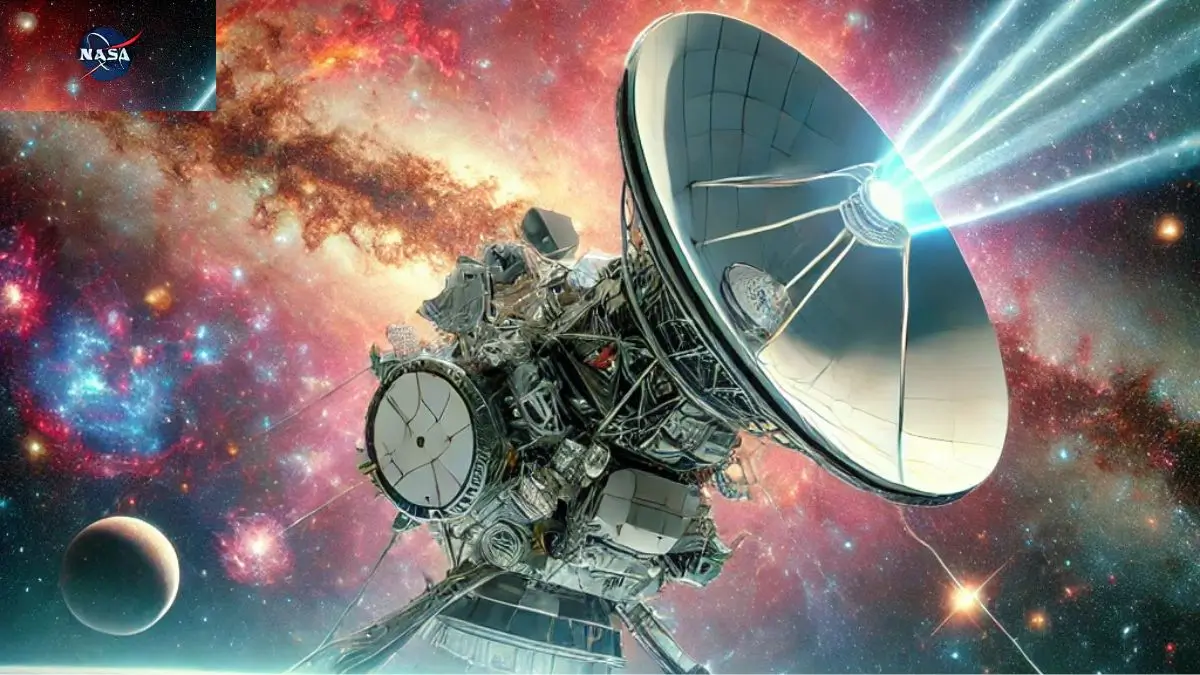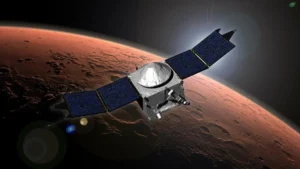NASA is set to launch its SPHEREx telescope, aiming to create the most detailed and colorful map of the universe ever made. The telescope will use infrared spectroscopy to analyze light in 96 bands, far beyond human vision. This will help scientists understand the formation of the universe, galaxy evolution, and the distribution of life-forming molecules. Unlike the James Webb Space Telescope (JWST), which focuses on high-resolution observations of small regions, SPHEREx will map the entire sky in just a few months.
Key Features and Objectives of SPHEREx
Mission Overview
- Full Name: Spectro-Photometer for the History of the Universe, Epoch of Reionization, and Ices Explorer (SPHEREx).
- Mission Duration: Two years.
- Purpose: Create the most detailed and colorful infrared map of the universe.
- Data Collection: 8 million spectroscopic images covering the entire sky.
Advancements in Cosmic Mapping
- Will divide light into 96 bands (compared to the human eye’s three bands).
- Covers the entire sky, unlike JWST and Hubble, which observe small sections.
- Expected to map 1 billion galaxies, 100 million stars, and 10,000 asteroids.
- Provides large-scale data needed for understanding the structure and history of the universe.
Studying Cosmic Inflation
- Cosmic inflation refers to the rapid expansion of the universe after the Big Bang.
- The process remains one of the biggest mysteries in cosmology.
- SPHEREx will map galaxies in 3D, helping astronomers test different theories of inflation.
Locating Life-Bearing Molecules
- Identifies biogenic molecules (such as water, carbon dioxide, and methanol) trapped in icy dust clouds.
- Helps trace the journey of these molecules from space to planetary surfaces, a key step in understanding how life forms.
- Expected to generate 8 million spectroscopic images, compared to a few thousand by JWST.
- A complete sky survey will pinpoint regions with potential for life formation.
Complementing Other Infrared Telescopes
- SPHEREx vs. James Webb Space Telescope (JWST):
- JWST focuses on faint objects with high resolution but only covers small sky areas.
- SPHEREx maps the entire sky, providing a bigger picture of cosmic structures.
- SPHEREx will complement JWST by identifying key regions for deeper study.
| Summary/Static | Details |
| Why in the news? | NASA’s New Telescope to Unveil the Most Colorful Cosmic Map |
| Mission Duration | 2 years |
| Key Feature | Infrared spectroscopy with 96 light bands |
| Data Collected | 8 million spectroscopic images |
| Scope of Mapping | Entire sky |
| Comparison with JWST (James Webb) | Covers entire sky, unlike JWST’s focused observations |
| Study of Cosmic Inflation | Measures 3D positions of 1 billion galaxies to understand universe expansion |
| Search for Life | Locates biogenic molecules like water and carbon-based compounds |
| Number of Objects | Mapped 1 billion galaxies, 100 million stars, 10,000 asteroids |
| Scientific Impact | Revolutionizes our understanding of cosmic evolution and life formation |



 NASA Loses Contact with MAVEN Spacecraft...
NASA Loses Contact with MAVEN Spacecraft...
 US FDA Qualifies First AI Tool to Accele...
US FDA Qualifies First AI Tool to Accele...
 11th India International Science Festiva...
11th India International Science Festiva...







